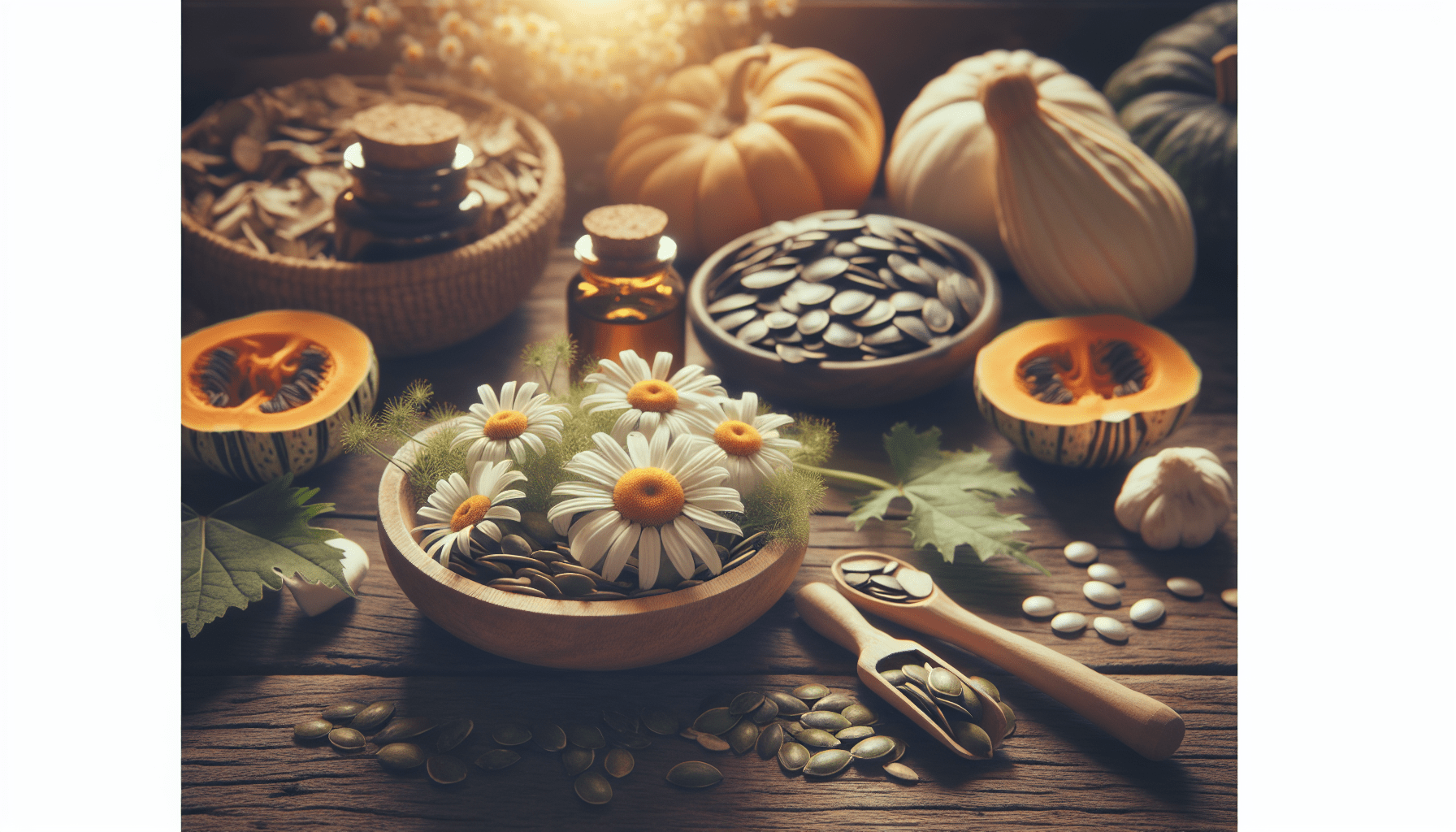Have you found yourself needing to locate the nearest restroom more urgently or frequently as you’ve aged? You are certainly not alone. This journey of aging often comes with some unexpected detours, one of which can be changes in bladder control. Whether it’s stemming from childbirth, menopause, or simply the natural aging process, experiencing incontinence can feel frustrating and even a bit isolating. But take heart! There are ways to bolster your confidence and reclaim control over your bladder.
Understanding Bladder Control
Table of Contents
Before we get to remedies, it’s important to understand what affects your bladder. Your bladder is part of your urinary system, which includes your kidneys, ureters, and urethra. Over time, the muscles and nerves of your urinary system can weaken, leading to incontinence.
Causes of Bladder Issues
- Aging: As you grow older, your bladder changes structurally and functionally. It may not hold as much urine as before and the sensation of needing to urinate might come more quickly.
- Childbirth and Pregnancy: These can stretch and weaken the pelvic floor muscles, affecting bladder control.
- Menopause: The drop in estrogen can weaken the urethral tissue and pelvic muscles, leading to incontinence.
- Medical Conditions: Diabetes, stroke, multiple sclerosis, and Parkinson’s disease can all alter normal bladder function.
- Medications: Diuretics and certain other medications can increase urine output and urgency.
Understanding these contributing factors can help you target the best remedies for your specific situation.
Lifestyle Changes for Better Bladder Control
Simple alterations in your daily routine and habits can make a significant difference in bladder control.
Exercise and Maintaining a Healthy Weight
Keeping your body in good shape is beneficial for many reasons, including bladder control. Excess body weight puts pressure on the bladder, which can exacerbate incontinence.
- Pelvic Floor Exercises (Kegels): These exercises strengthen the pelvic floor muscles, which support the bladder and urethra. Squeezing these muscles can help reduce leakage.
- Regular Physical Activity: Exercises like walking, swimming, or gentle yoga can improve overall health and help maintain a healthy weight.
Dietary Adjustments
What you consume impacts bladder function more than you might think. Certain foods and beverages can irritate the bladder or act as diuretics.
- Stay Hydrated: Drink enough fluids throughout the day but try to limit large quantities of liquid in one sitting.
- Avoid Bladder Irritants: Caffeine, alcohol, spicy foods, and artificial sweeteners can irritate the bladder.
- Eat Fiber-Rich Foods: A diet high in fiber reduces constipation, which can put pressure on the bladder.
Timed Voiding and Bladder Training
Establishing a regular urination pattern can train your bladder and reduce incontinence episodes.
- Timed Voiding: Set a schedule for restroom visits and stick to it, gradually increasing the intervals between visits to train the bladder to hold urine longer.
- Bladder Training: This involves resisting the urge to urinate and gradually lengthening the time between bathroom trips.

Bladder Control Supplements
When lifestyle changes aren’t enough, adding a supplement to your routine can provide additional support. Here’s an overview of some of the best supplements known to aid in bladder control.
Pumpkin Seed Extract
Pumpkin seeds have been used traditionally to support urinary health. They contain high levels of antioxidants and fatty acids, which can strengthen the bladder and improve its function.
Saw Palmetto
Saw palmetto is known for its benefits for prostate health but may also help with overactive bladder and urinary symptoms in men and women alike.
Horsetail Extract
Horsetail helps to improve the integrity and strength of the bladder walls. Its diuretic properties also aid in flushing out toxins.
Gosha-jinki-gan
This traditional Japanese herbal remedy has been shown to relieve symptoms of overactive bladder. It combines 10 herbs that work together to improve bladder control.
Magnesium
Adequate magnesium levels can support muscle and nerve function, which can help with controlling bladder contractions.
Cratevox
Derived from the Crataeva nurvala tree, this supplement is believed to support bladder emptying and reduce incontinence.
Here’s a quick reference table for these supplements:
| Supplement | Primary Benefit | Notes |
|---|---|---|
| Pumpkin Seed Extract | Strengthens bladder muscles | Contains antioxidants and fatty acids |
| Saw Palmetto | Reduces urinary symptoms | Benefits prostate health |
| Horsetail Extract | Enhances bladder wall integrity | Has diuretic properties |
| Gosha-jinki-gan | Relieves overactive bladder symptoms | Traditional Japanese remedy |
| Magnesium | Supports muscle and nerve function | Essential mineral |
| Cratevox | Aids in bladder emptying | Derived from Crataeva nurvala tree |
Medical Treatments
If lifestyle changes and supplements aren’t enough, medical interventions may be necessary. Discussing with your healthcare provider can help determine the best course of action.
Medication
Several medications can treat overactive bladder and incontinence:
- Anticholinergics: Help relax the bladder muscle to prevent spasms.
- Beta-3 Agonists: Relax bladder muscles and increase the amount of urine the bladder can hold.
- Topical Estrogen: In postmenopausal women, estrogen applied as a cream can rejuvenate tissue in the urethra and vaginal areas.
Surgical Options
Surgery might be considered for severe cases of incontinence.
- Bladder Sling: This procedure uses a sling to support the urethra and help keep it closed.
- Bladder Neck Suspension: Lifts the bladder neck and supports it with sutures attached to the pelvic bone.
- Artificial Urinary Sphincter: An implanted device that keeps the urethra closed until you want to urinate.
Non-Surgical Procedures
Some non-surgical treatments might offer relief:
- Botox Injections: Relax the bladder muscles in cases of severe overactive bladder.
- Nerve Stimulation: Electrical pulses can alter the nerve signals that control bladder function.

Coping Strategies
Living with incontinence requires more than physical treatment; it also demands emotional and practical adjustments.
Always Be Prepared
Having a plan can ease your mind during outings.
- Protective Gear: Products like pads, liners, and absorbent underwear can prevent accidents.
- Bathroom Mapping: Knowing where the nearest restrooms are can reduce anxiety.
Stay Positive
Managing incontinence can mentally taxing, but a positive mindset makes a difference.
- Support Groups: Connecting with others who understand your experience provides an invaluable support system.
- Mindfulness and Meditation: Techniques to reduce stress can positively affect bladder function.
Practical Tips
A few practical adjustments can make daily life easier.
- Clothing Choices: Wearing easily removable garments can make navigating urgent situations simpler.
- Bed Protection: Waterproof mattress covers are a simple precaution that can prevent stress and embarrassment.
When to Consult a Healthcare Provider
Noticing changes in bladder control can be uncomfortable to discuss, but it’s essential to consult a healthcare provider if the issue persists. They can conduct tests to identify any underlying conditions and recommend appropriate treatment.
Diagnostic Tests
Several tests help pinpoint the cause of incontinence:
- Urinalysis: Checks for infections or other issues in the urine.
- Ultrasound: Visualizes the bladder and kidneys.
- Bladder Stress Test: Examines leakage during activities.
- Urodynamic Testing: Measures urine flow and bladder pressures.
Conclusion
Addressing bladder control issues can feel daunting at first, but understanding the causes and exploring the best remedies will put you on the path to improvement. Whether it’s through lifestyle changes, supplements, medical intervention, or practical coping strategies, there are plenty of options to help you regain control and confidence. Remember that you aren’t alone in this journey, and taking proactive steps will help you feel more in control and enjoyable in your daily life.





